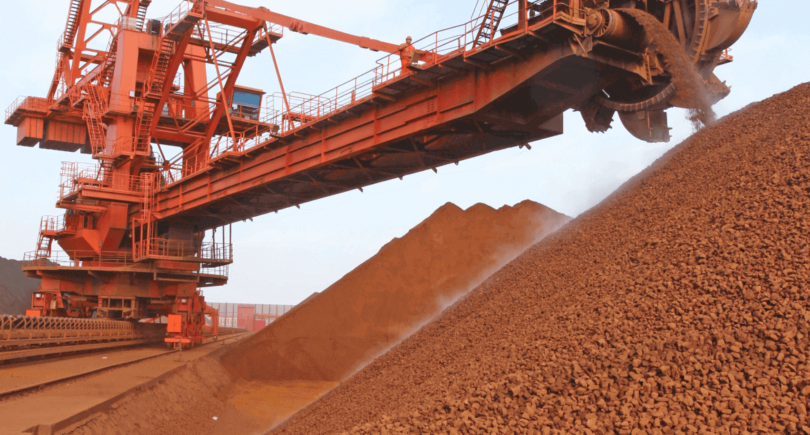
News Global Market scrap market 3659 15 August 2024
Large volumes of cheap steel exports from China have affected production in many regions, putting direct pressure on scrap demand
In January-June 2024, the global trade in ferrous metal scrap decreased by 6% compared to the same period in 2023 – to 25.9 million tons. Large volumes of cheap steel exports from China affected production in many regions, which had direct pressure on demand for scrap. This is reported by BigMint.
«Despite the fact that global steel production for the first half of the year remained at the level of January-June 2023 (954 million tons), economic factors, in particular inflation and its impact on demand in industry and construction, negatively affected the results of the steel industry in key regions. In particular, a significant increase in Chinese steel exports at dumped prices has harmed steel production in many countries, which has had a direct impact on scrap consumption,» the report said.
An additional pressure factor on the global scrap trade is the increase in shipping costs. Freight rates have risen to unprecedented levels amid a shortage of ships and containers in Southeast Asia.
Turkey continues to hold a leading position among world importers of scrap. The volume of import of raw materials for January-June 2024 is 10 million tons, which is 4% more y/y. The main suppliers are the USA (2.12 million tons) and the Netherlands (1.31 million tons). Steel production in the country increased by 17% y/y during the period, firstly, amid increased capacity.
India remained the second-largest importer, but its imports fell by more than 26% year-on-year to 3.9 million tonnes. The Red Sea crisis has had a significant impact on logistics and transport costs. At the same time, Indian buyers have been wary during the long election period.
The USA, the third-largest importer and the largest exporter, also reduced the indicator – by 14% y/y, to 2.2 million tons.
In addition, the main importers in East and Southeast Asia are South Korea (-50% y/y), Taiwan (-9% y/y), Thailand (-18% y/y) and Indonesia (-19% y/y) – reduced the volume of scrap imports, which also affected the global indicator.
Protectionist policies affect the world trade in scrap. Global scrap exports will inevitably decline in the near term, and such prospects are a long-term trend. In the short term, export volumes will be adversely affected by the surplus of Chinese exports.
As GMK Center reported earlier, the global consumption of steel scrap by steel enterprises in 2023 decreased by 12% compared to 2022 – to 411.28 million tons. The indicator contrasts with a small increase in global steel production – by 0.2%, to 1.155 billion tons.
According to BCG’s expectations, the world trade in scrap will decrease by about 15% by 2030 – from 110 million tons to 93 million tons. Currently, world trade accounts for about 17% of the annual world volume of scrap collection (≈110 million tons). The main decrease in trade is experienced by the US and EU markets, in particular due to restrictive measures.




